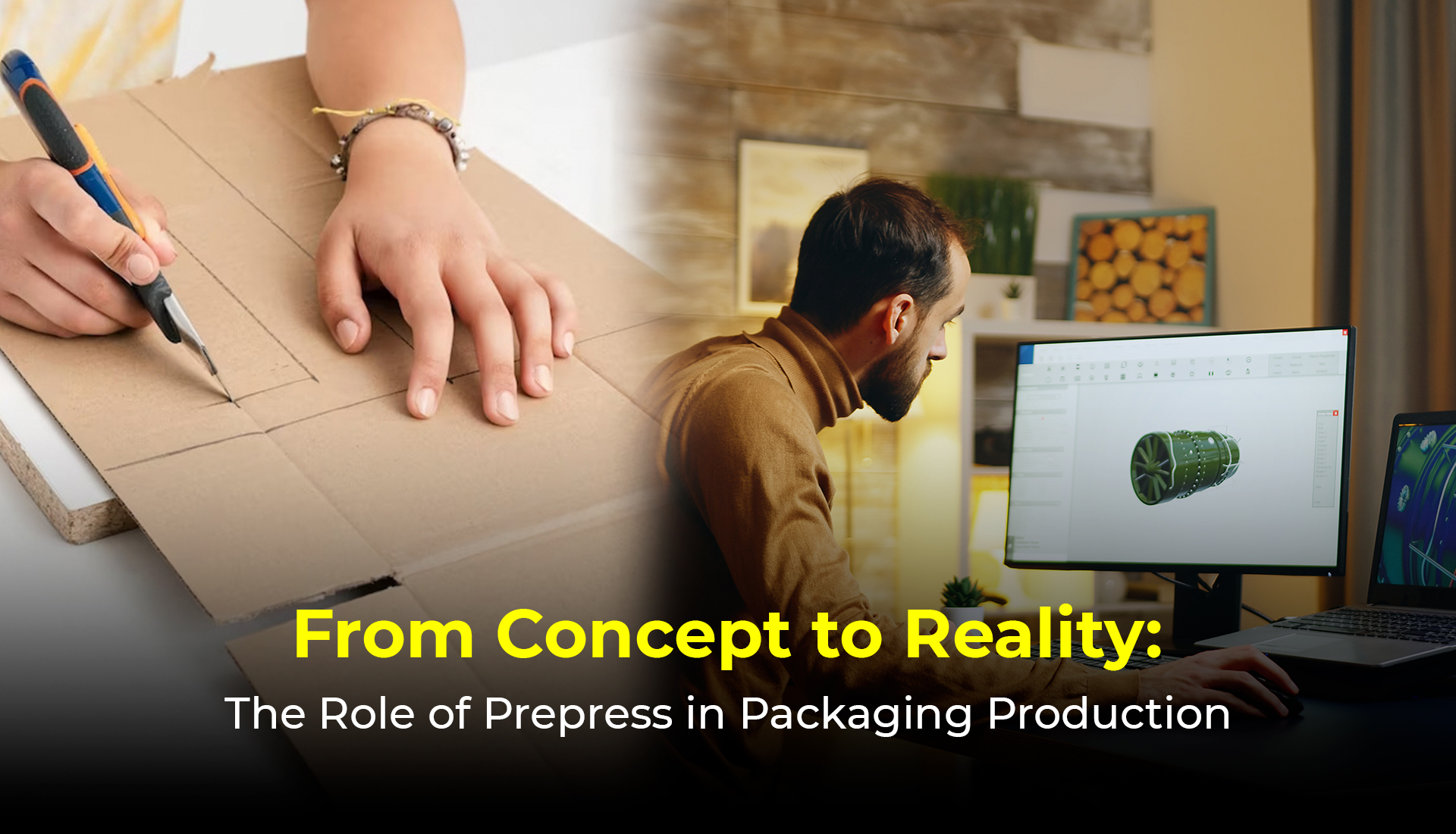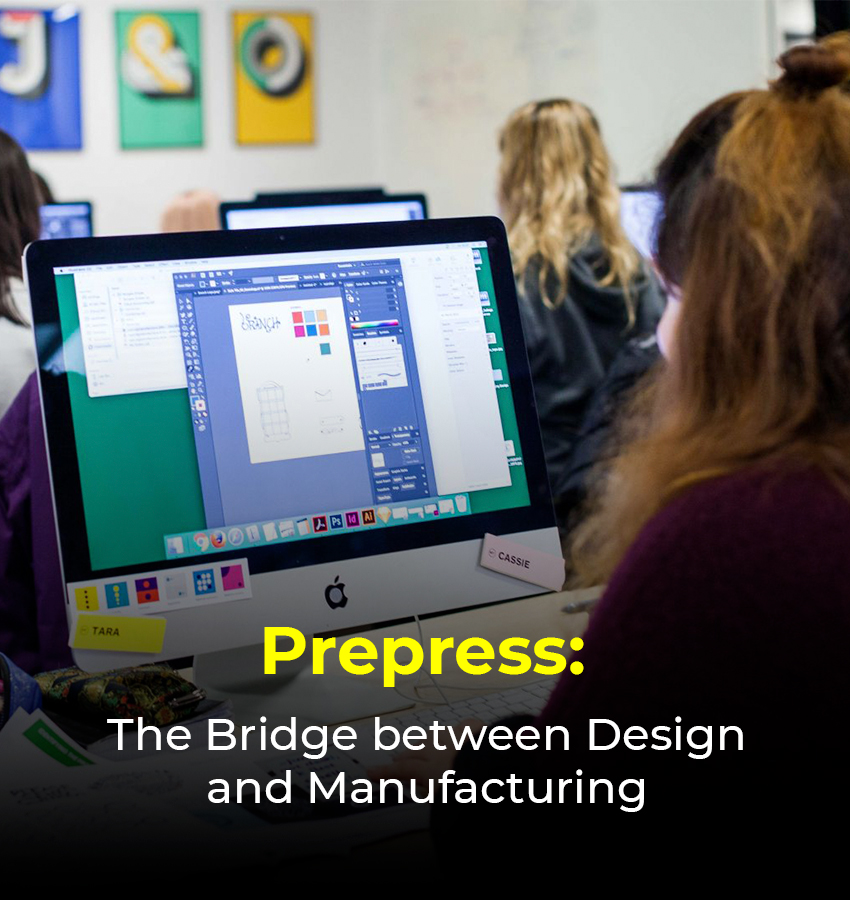
From Concept to Reality: The Role of Prepress in Packaging Production
Every product that is nicely wrapped, whether it is a box of chocolates or a modern phone, starts with a concept. But an idea by itself is insufficient. It must go through a long process of phases before becoming an actual, physical thing, with the prepress stage serving as the most significant one. In order to make packaging thoughts a reality, prepress services are essential. They make sure that the finished product not only adheres to design guidelines but also accurately reflects the brand’s attitude and vision. In this blog let’s explore the Role of Prepress in Packaging Production.
The Prepress Process: An Overview
Before delving deeper into the role of prepress in packaging production, it’s essential to understand what the term ‘prepress’ means. Originating from the printing industry. Prepress refers to all the processes involved in preparing a design for final production. Which in this context, means transforming a concept into a tangible, physical package.
The prepress process generally includes the following steps. File preparation, proofing, plate making, and finally, setting up the press for printing. These steps ensure that the design file is correctly formatted. All necessary corrections are made, and the file is ready for printing onto the packaging material.
Prepress: The Bridge between Design and Manufacturing
File Preparation:
The prepress stage begins with the preparation of the design file, which includes adjusting colour profiles, ensuring that images are high-resolution, and checking that all elements align with the print specifications.
At this stage, prepress professionals use specialized software to identify and correct any potential issues that might affect the final print quality. This can include misaligned graphics, poor image resolution, incorrect colour spaces, or typography issues.
Proofing:
Once the design file has been adjusted and prepared, it’s time for proofing. This involves creating a physical or digital prototype of the package, giving the designer and client a ‘proof’ of what the final product will look like.
In addition to providing a visual confirmation of the package’s design, proofing also allows for a final round of corrections and adjustments before moving onto the printing stage. This is a crucial step in the prepress process, as it helps avoid costly errors during the printing stage.
Plate Making:
Following proof approval, the next step involves creating the printing plates. These plates are typically made from aluminium and serve as a master copy for the packaging print. Each colour in the design requires a separate plate, aligning with the traditional CMYK printing process (Cyan, Magenta, Yellow, and Black).
Setting Up the Press:
Finally, the prepared plates are set up in the printing press, ready for the mass production of the packaging. This involves fine-tuning the press to ensure that it aligns perfectly with the design and colour specifications.
The Impact of Prepress on Packaging Production
The prepress stage serves as a bridge between the conceptual design and the final product, ensuring that the packaging aligns with the brand’s vision and meets the expected quality standards. The importance of prepress in packaging production can be summarized in the following points:
Quality Control:
The prepress stage is crucial for maintaining high-quality standards. It identifies and corrects any potential issues before printing, ensuring the final packaging meets the brand’s quality expectations.
Cost Efficiency:
Errors caught at the prepress stage can be fixed relatively cheaply. In contrast, mistakes identified during or after printing can be costly. It requiring reprints and resulting in a waste of material and time.
Brand Consistency:
By standardizing colour profiles and design elements. Prepress ensures that all packages, regardless of their production batch. Align perfectly with the brand’s image and design guidelines.
Innovation and Creativity:
Prepress allows for experimentation and fine-tuning of designs. With the help of digital proofs, designers can explore various design elements and colour combinations, pushing the boundaries of creativity without the fear of expensive reprints.
In summary, the role of prepress in packaging production is paramount. From ensuring design accuracy and quality control to fostering innovation and creativity, prepress is integral to transforming concepts into tangible, physical packages.
As packaging continues to evolve with the advent of new technologies and consumer preferences, the role of prepress in this journey from concept to reality becomes ever more essential. With its unique blend of artistry and precision, prepress indeed stands as the guardian of quality and the catalyst of creativity in the world of packaging production.



